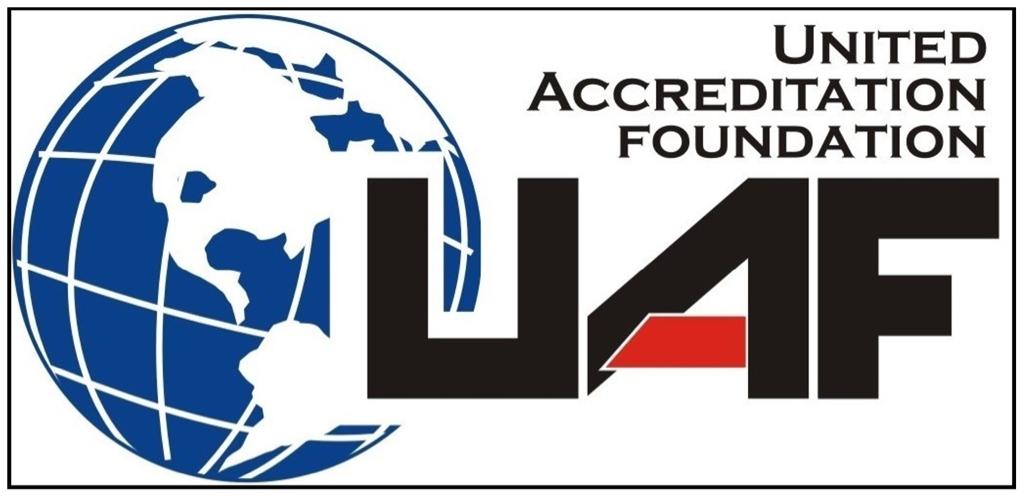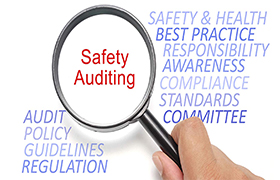Safety Audits
Safety auditing is a core safety management activity, providing a means of identifying potential problems before they have an impact on safety. A safety regulatory audit means a systematic and independent examination conducted by, or on behalf of, a national supervisory authority to determine whether complete safety-related arrangements or elements thereof, related to processes and their results, products, or services, comply with required safety-related arrangements and whether they are implemented effectively and are suitable to achieve expected results
Objective
Safety audits are conducted in order to assess the degree of compliance with the applicable safety regulatory requirements and with the procedural provisions of a Safety management system if one is in place. They are intended to provide assurance of the safety management functions, including staffing, compliance with applicable regulations, levels of competency, and training.
Safety auditing is an element of safety management that subjects the activities of airline operators/service providers to a systematic critical evaluation. An audit may include one or more components of the total system, such as safety policy, change management, SMS as a whole, operating procedures, emergency procedures, etc. The aim is to disclose the strengths and weaknesses, identify areas of non-tolerable risk, and devise rectification measures. The outcome of the audit will be a report, followed by an action plan prepared by the audited organization and approved by the regulator/supervisory authority. The supervisory authority shall monitor the implementation of the agreed safety improvement measures.
Safety audits are used to ensure that:
- The organization’s SMS has a sound structure and adequate staffing levels;
- Approved procedures and instructions are complied with;
- The required level of personnel competency and training to operate equipment and facilities, and to maintain their levels of performance, is achieved;
- Equipment performance is adequate for the safety levels of the service provided;
- Effective arrangements exist for promoting safety, monitoring safety performance and processing safety issues;
- Adequate arrangements exist to handle foreseeable emergencies.





